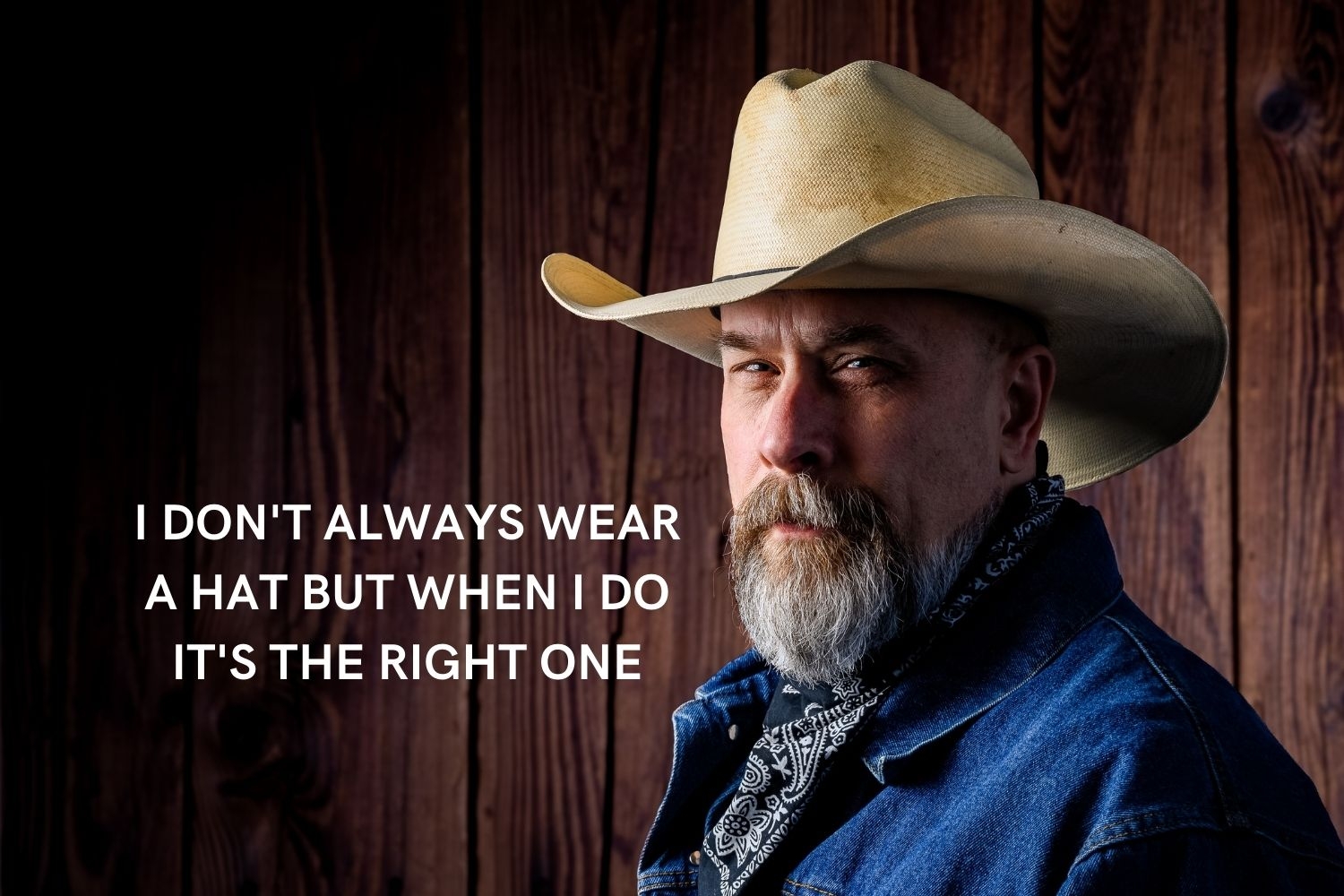Board Members Can Only Wear One Hat at a Time

The board of a non-profit does its job by taking a strategic leadership role, not an operations role. That doesn’t mean a board can’t also handle the day-to-day work if there are no paid staff. Confusion happens because its hard to understand how board members are both strategic leaders and operations volunteers. The simple answer is they can be both, but they can’t be both at the same time. Board members are strategic leaders, wearing a board hat, at the board table. Away from the board table, they take off their board hat, and put on their volunteer hat…or their partner hat, or their member hat, etc.
Let’s consider a scenario where a group of volunteers is working on a task for the non-profit. Maybe its painting the museum or selling pie and coffee at the concession. Volunteers might each have a different idea about how the task should get done. Typically, there would be operations guidelines (policies), or a committee chair, to guide the group and its decisions. Imagine the confusion or conflict that could arise if one of the group members was also a board member, who strongly insisted that everyone do things their way simply because they are a board member. What hat is this person wearing? The board member hat? A volunteer hat? Can they wear two hats at the same time?
A board member volunteering on a task away from the board table, doesn’t wear a board hat, they wear a volunteer hat. It doesn’t mean they have to abandon their other hats; they simply need to understand which hat to wear at which time.
Thinking of different types of hats is much easier if the board’s governance policies clearly state to whom the board delegates management or operations duties (meaning who does the work). Here are 3 examples your non-profit can use in a Delegation of Duties governance policy, to make it clearer how the day-to-day work gets done.
Paid Staff (e.g., Executive Director)
The board delegates authority to the Executive Director for managing the operations of the organization.
- Then the board would go on to create a set of Executive Limitations to provide the parameters within which the Executive Director would do the work.
No Staff, but Lot of Volunteers Working in Committees
The board delegates authority to the [e.g.] Building Maintenance, Events/Fundraising, Correspondence, and Security Committees for the operations of those aspects of the organization, working within Committee Guidelines provided.
- Then the board would go on to create a set of Committee Guidelines to provide the parameters within which each committee does its work.
- Committee Guidelines might include responsibilities of the committee, how often they are expected to meet, what they are expected to report to the board, the minimum number of committee volunteers, and who chairs each committee.
No Staff, Board Volunteers Handle All Task (for a very small non-profit)
The board delegates authority to individual board member volunteers for the operations of the organization, to be determined at monthly board meetings.
- Then the board would go on to create a set of volunteer roles and responsibilities for each overall type of task.
- Very similar to Committee Guidelines, the roles and responsibilities might include the parameters about decision making and what is expected to be reported back to the board.
Did you notice that in each example, the board delegates the work to be done? It might be done by the board’s own volunteers, but the operation of the organization is not considered a board function. This certainly doesn’t mean a board doesn’t do work! We know a board has lots of work to do. But the board’s work is bigger picture work, its governance. That work includes making sure the non-profit is working towards its vision, mission, goals, and outcomes.
Once a non-profit begins to embrace the board’s work as a certain type of work, and the day-to-day operations as another type of work, it becomes very easy to understand what hat to wear.
Once a non-profit begins to embrace the board’s work as a certain type of work, and the day-to-day operations as another type of work, it becomes very easy to understand what hat to wear.
What are the key steps you need to take away, to put these ideas into action today?
When figuring out what hat you should be wearing, think about the type of work you are doing, not the titles you hold. It sometimes helps to say it out loud. At the start of a board meeting, you could tell your colleagues you are putting on your board hat. At the start of your shift selling coffee in the concession, you could tell your fellow volunteers you are putting on your volunteer hat.
True story, some non-profits provide actual hats with these words on them, to help volunteers understand what hat they are wearing.
The clarity of written guidelines, and a clear separation between governance and operations, helps volunteers feel valued and makes it crystal clear what hat to wear.
Thanks for taking the time to read my ideas. My goal is to take the mystery out of running a small non-profit. If you know someone who needs to read this, why not grab the link, and share it with them. Let’s work together to make it easier to understand our volunteer roles.
-Christie
…
Hi, I'm Christie Saas, former board member, current Executive Director, and non-profit volunteer. I remember well, those early years when I lacked the training, the confidence, and the work-life balance to focus on becoming the best non-profit leader I could be.
Fast-forward past many bumps in the road, lessons learned, and you’ll find me still in the trenches, but a little wiser, a little calmer, and a whole lot happier. I love my work and I want to help you love yours too.
I created ChristieSaas.com to give you tools, tips, and templates to remove the mystery of learning to run a small non-profit. If you’re a brand-new non-profit leader, or a little more seasoned, someone who’s looking to make a meaningful contribution and still have time for a full life away from the job, you’re in the right place.
© Christie Saas 2022 All Rights Reserved
…
Want to learn more?
Start with one of my free resources.


